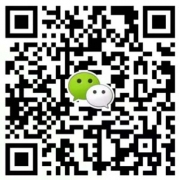
Mastering Watt Hours to Amp Hours Guide by Lithium Battery Manufacturer
Mastering watt hours to amp hours with expert tips from a professional lithium battery manufacturer vendor for accurate lithium battery sizing

Mastering watt hours to amp hours with expert tips from a professional lithium battery manufacturer vendor for accurate lithium battery sizing

Learn everything about Group 24 batteries specs types and lithium upgrades from a professional lithium battery manufacturer

3V batteries guide comparing coin cells vs cylinders covering capacity uses performance safety and how to choose the right lithium battery

Complete guide to charging LiFePO4 batteries in parallel and series with safe wiring tips BMS setup and nuranu system best practices

Discover how much a deep cycle battery weighs, compare lead acid vs lithium, and see Nuranu LiFePO4 lightweight options

Learn the pros and cons of Lithium Iron Phosphate LFP batteries for solar RV marine and off grid energy systems

Gel vs Lithium Battery showdown Compare cycle life cost weight and efficiency to see why LiFePO4 wins for solar RV and backup power

Discover how long lithium batteries really last with expert LiFePO4 insights from a professional lithium battery manufacturer vendor

RV Battery Sizing The Ultimate Guide by Keheng explains RV power needs lithium vs lead acid sizing formulas and best batteries for boondocking

Learn how many batteries you need for a 3000 watt inverter with sizing formulas LiFePO4 vs lead acid and real runtime examples
Founded in 2012, Nuranu is a high-tech enterprise specializing in developing, manufacturing, marketing and serving of rechargeable battery packs products and accessories.

